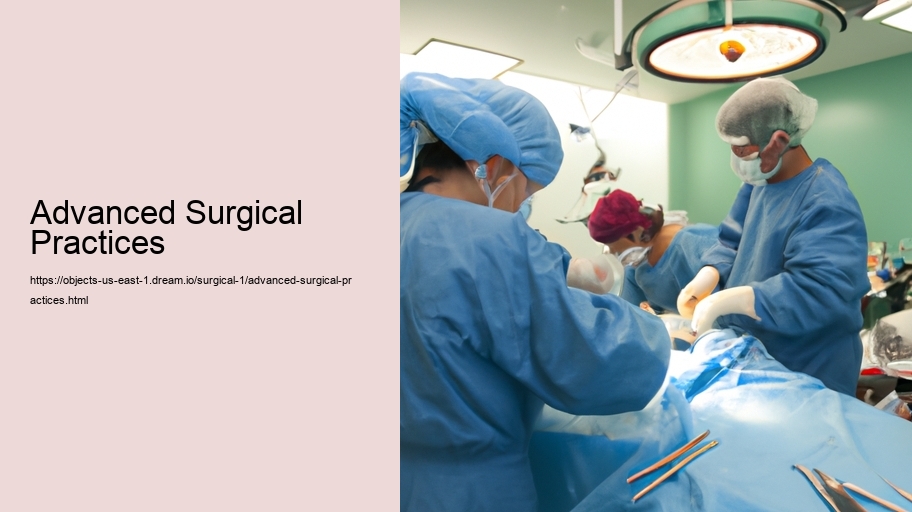Advanced Surgical Practices: Pioneering the Future of Medicine
The field of surgery has been an essential component of medical treatment for centuries. From the rudimentary procedures performed in ancient times to the sophisticated operations of today, surgical practices have undergone a tremendous transformation. Advancements in technology, anesthesia, sterilization, and surgical techniques have revolutionized the way surgeries are performed, leading to what we now refer to as advanced surgical practices. These practices have dramatically improved outcomes for patients, reduced the risks associated with surgery, and have made possible that which was once deemed impossible.
One of the most significant advancements in surgery has been the development of minimally invasive techniques. Unlike traditional open surgery, which requires large incisions, minimally invasive surgery uses small cuts or natural body openings to access the surgical site. Laparoscopic surgery, for example, involves the use of a laparoscope – a thin, lighted tube with a camera at the end – to guide the surgeon in performing the operation. This approach results in less trauma to the body, reduced pain and scarring, quicker recovery times, and shorter hospital stays. It has become the gold standard for many surgical procedures, including gallbladder removal, hernia repair, and bariatric surgery.
Robotic surgery represents another leap forward. Combining advanced computer technology with the precision of robotic arms, it allows surgeons to perform complex procedures with enhanced dexterity and control. The da Vinci Surgical System is one such example, where the surgeon controls the robot's arms from a console, translating their hand movements into smaller, more precise movements of the surgical instruments. Robotic surgery is used in various fields such as urology, gynecology, and cardiothoracic surgery, offering patients the benefits of minimally invasive surgery with even greater accuracy.
In the realm of anesthesia, advances have also been instrumental in improving surgical practices. Modern anesthetics are safer and more effective, allowing for complex surgeries that would not have been possible with the rudimentary pain management options of the past. Anesthesiologists can now tailor anesthesia to the specific needs and health conditions of each patient, minimizing risks and enhancing recovery.
The integration of imaging technologies into surgical practices has enabled surgeons to plan and execute surgeries with a level of precision that was previously unattainable. Real-time imaging such as intraoperative MRI and CT scans provide surgeons with a clear view of the operative field, helping them navigate around critical structures and verify the success of the procedure as it unfolds. This is particularly valuable in neurosurgery and orthopedic surgery, where millimeters can make a difference between success and failure.
Sterilization and infection control measures have also seen great improvements. Advances such as autoclaving, the use of antiseptics, and the establishment of sterile operating environments have greatly reduced the risk of postoperative infections. Coupled with the development of antibiotics, these measures have made surgery safer than ever before.
Finally, the advancement of surgical techniques themselves has been remarkable. Microsurgery, which involves operating on tiny structures such as blood vessels and nerves with the aid of a microscope, has opened up new possibilities in reconstructive and transplant surgery. Endovascular surgical techniques, which involve operating from within the blood vessels themselves, have revolutionized the treatment of cardiovascular disease. And the continuous refinement of surgical procedures, driven by research and clinical experience, keeps pushing the boundaries of what is possible.
In conclusion, advanced surgical practices embody the incredible journey of innovation and dedication that characterizes the medical field. They represent a synthesis of technology, skill, and knowledge that has improved countless lives and will continue to do so. As we look to the future, we can expect these practices to evolve further, driven by the relentless pursuit of better patient outcomes and the endless potential of human ingenuity. The operating room of tomorrow will undoubtedly be a place of even greater miracles, where the once unthinkable becomes routine, and the focus on patient care is sharper than ever.
